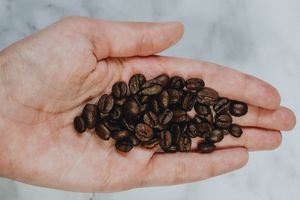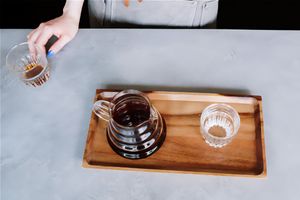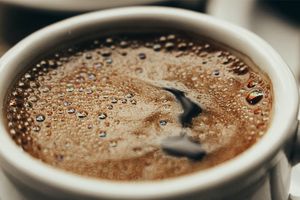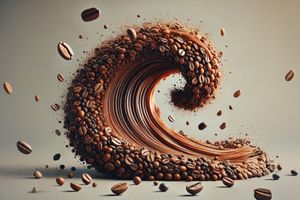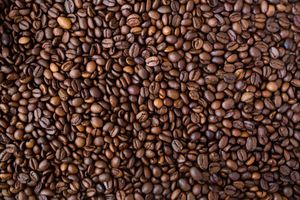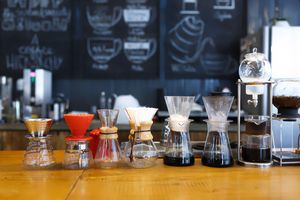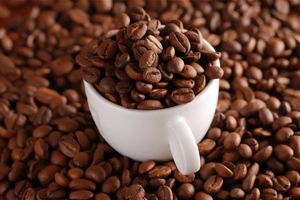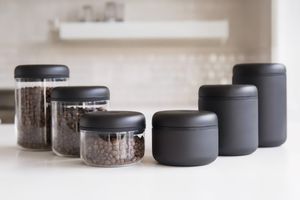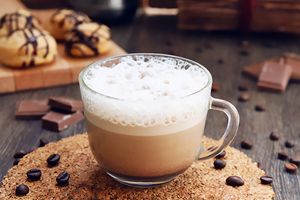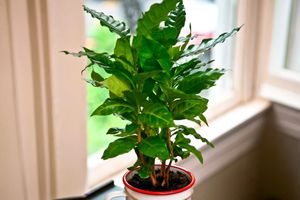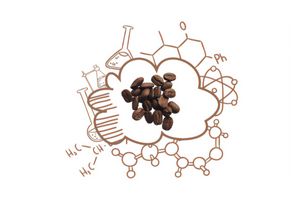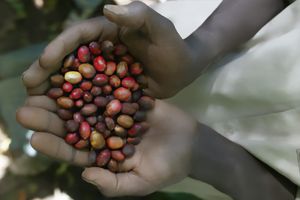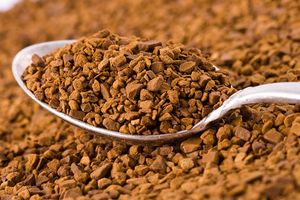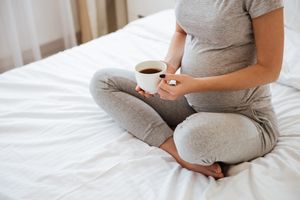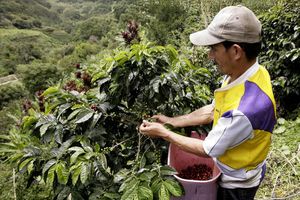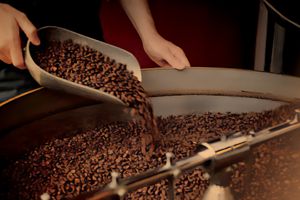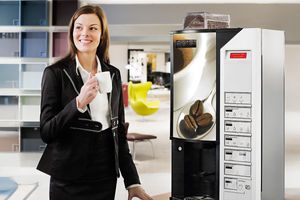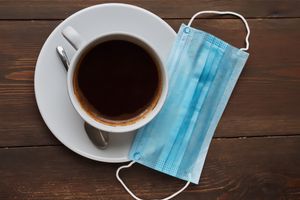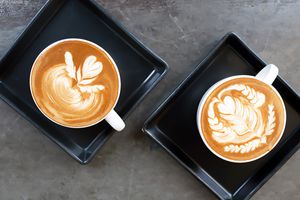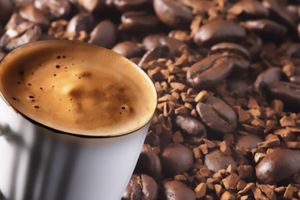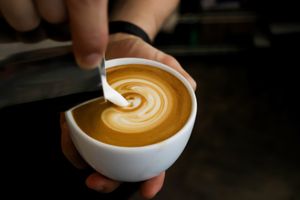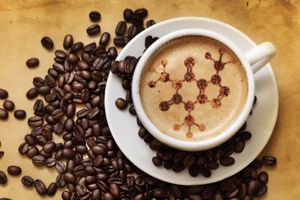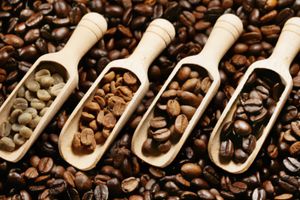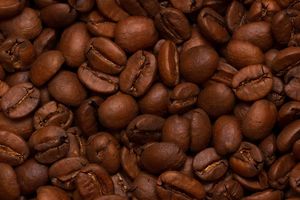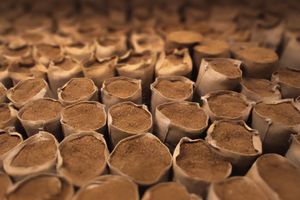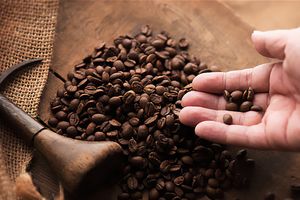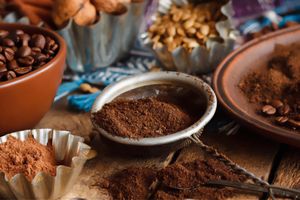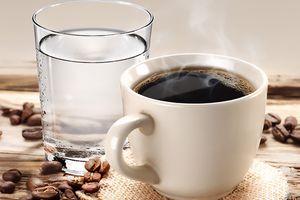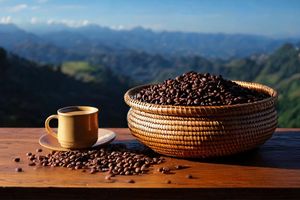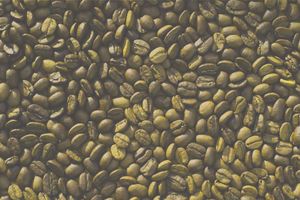One of the Biggest Paradoxes in Today's Coffee World
On store-bought coffee packages, it can sometimes be difficult to find any information about the coffee. On freshly roasted coffee packages, on the other hand, there can sometimes be so much information that it's overwhelming, making it unclear whether all the terms are truly important.
Today, we will learn how to read coffee packages and understand how to choose freshly roasted coffee to suit your taste.
Variety
The coffee plant has two most popular varieties - Arabica and Robusta. If the package says "blend," it means the package contains a mixture of Arabica and Robusta (usually 90/10, 80/20, etc.). Blends are well-suited for espresso, Turkish coffee, and Moka pots, and they have a higher caffeine content thanks to Robusta.
If it says "blend," it's a mixture of several types of Arabica. The proportions are usually not specified. Blends are suitable for any brewing method and for those looking for a balanced coffee.
"100% Arabica" or "single origin" means the package contains only Arabica – coffee with fruity, floral, or berry notes, high acidity, and low caffeine content.
Country
The package should always indicate the country of origin of the coffee. For blends and blends, several countries may be listed. For example, "100% Arabica Colombia" or "blend 90/10 Ethiopia/Vietnam."
Lot Name, Farm, or Region
For example: "100% Arabica Ethiopia Jimma" means the coffee was grown in Ethiopia in the Jimma region. Such details help understand the origin of the beans.
Processing
Coffee can have different processing methods: washed, natural (dry), anaerobic, or honey.
- Washed: coffee with high acidity and a clean taste.
- Natural: high sweetness with light fermented notes.
- Anaerobic: processed with special bacteria, adding unusual flavor notes.
- Honey: a middle ground between washed and natural processing, with a sweet but clean taste.
Altitude
"1200-1600 m" indicates the altitude above sea level at which the coffee was grown. The higher the altitude, the more potential the coffee has, but it's not always a guarantee of quality.
Descriptors
Descriptors are the main flavor notes characteristic of the coffee. For example, for Arabica from Ethiopia, "lemon," "bergamot," and "black tea" are often used.
Body
The body of the coffee describes the tactile sensations during a sip. It can be smooth, syrupy, round, or silky, and it depends on the processing method.
Roast Level
The roast level affects the flavor and brewing method. It can be "espresso," "filter," "omni," or simply "light," "medium," "dark."
Bean Variety
Coffee beans can have different varieties, for example: Typica (Ethiopia), SL-28, SL-34 (Kenya), Caturra (Central America).
Bean Grade
The bean grade indicates its size. In Africa, for instance, it can be AAA (large bean), AA (medium), AB (small).
Bean Selection System
AP (American) allows for up to 23 defective beans per 300 g of coffee, while ER (European) allows only 8 defective beans per 300 g.
Grade
The grade indicates the quality of the bean. A higher grade means fewer defects and a higher price. For example, Gr1 is the highest quality.
Score
The coffee score is determined by professional Q-graders. A score of 80+ indicates a Specialty rank, and 90+ is the highest category, Cup Of Excellence.
Key Notes on the Coffee Package
Always pay attention to the following parameters:
- Variety (blend, mix, Arabica, Robusta)
- Country of origin
- Processing
- Roast level
- Descriptors
- Roast date
Now you are equipped with the knowledge to correctly read a coffee package and make an informed choice.

















